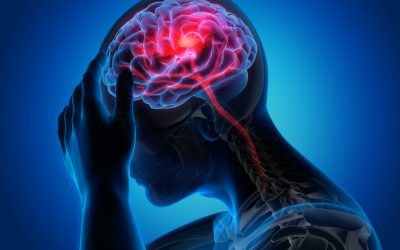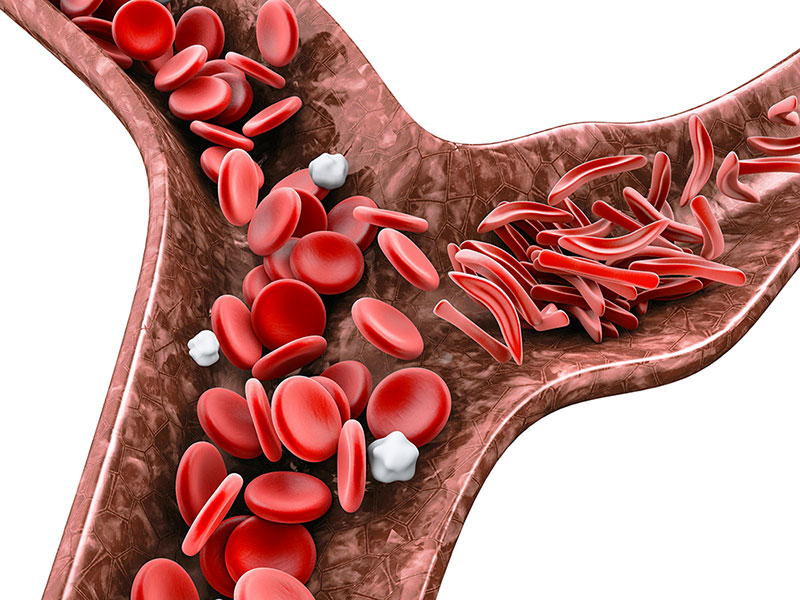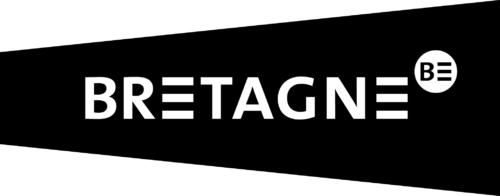HEMOXYCarrier®
The universal oxygen carrier
Currently, blood needs are greater than what blood banks can supply, and are constantly increasing due to longer life expectancy and medical advances. The lack of blood is thus responsible for many deaths. Worldwide, more than 112 million units (one unit equals 450 mL) of blood are collected each year1 but it would take 300 million units to cover the planet’s needs. In France alone, current blood needs require 10,000 donations per day2.

As such, HEMOXYCarrier® is an innovation in the world of therapeutic oxygen carriers. Developed by Hemarina, this product is based on the high oxygen binding capacity of extracellular hemoglobin in marine worms. M101, the active ingredient of HEMOXYCarrier®, is a naturally extracellular hemoglobin perfected by 450 million years of evolution to circulate extracellularly in the vessels of Arenicola marina. It restores oxygenation of the body without the side effects found in first generation products derived from intracellular hemoglobin from vertebrates (bovine or human hemoglobin).
These mammalian hemoglobins are chemically modified to function extracellularly, resulting in hypertensive effects by creating vasoconstriction of the vessels.
This major deleterious effect has hindered the development of these first-generation products, and is not found with HEMOXYCarrier®3.
Indeed, M101, is a naturally extracellular haemoglobin resulting from 450 million years of evolution which circulates extracellularly in the vessels of Arenicola marina.
Furthermore, HEMOXYCarrier® operates in a simple oxygen partial pressure gradient. No cofactor is required for oxygen fixation and release.
Currently under development HEMOXYCarrier® is not available for sale.
1. OMS – 10 facts about blood transfusions – June 2017
2. French Blood Establishment (Etablissement français du sang)
3. Tsai, A.G., Intaglietta, M., Sakai, H., Delpy, E., Drieu La Rochelle C., Rousselot M., Zal F. Microcirculation and NO-CO studies of a natural extracellular hemoglobin developed for an oxygen therapeutic carrier. Current Drug Discovery Technologies, 9(3):166-72. 2012 2012




HEMOXYCarrier® : Related Publications
Marchand, A., Crepin, N., Roulland, I., Semence, F., Domergue, V., Zal, F., Polard, V., Coquerel, A. Application of HBOCs electrophoretic method to detect a new blood substitute derived from the giant extracellular hemoglobin of lugworm. Drug Testing and Analysis, 9(11-12):1762-1767. - 2017 https://www.ncbi.nlm.nih.gov/pubmed/27787946
Moon-Massat, P., Mullah, S.H., Abutarboush, R., Saha, B.K., Pappas, G., Haque, A., Auker, C., McCarron, R.M., Arnaud, F., Scultetus, A. Cerebral Vasoactivity and Oxygenation with Oxygen Carrier M101 in Rats. Journal of Neurotrauma, 34(19):2812-2822. - 2017 https://www.ncbi.nlm.nih.gov/pubmed/26161914
Le Gall, T., Polard, V., Rousselot, M., Lotte, A., Raouane, M., Lehn, P., Opolon, P., Leize, E., Deutsch, E., Zal, F., Montier, T. In vivo biodistribution and oxygenation potential of a new generation of oxygen carrier Journal of Biotechnology, 187:1-9. - 2014 https://pubmed.ncbi.nlm.nih.gov/25034433/
Zal, F., Rousselot, M. Extracellular Hemoglobins from Annelids, and their Potential Use in Biotechnology Outstanding Marine Molecules, Wiley‐VCH Verlag GmbH & Co. KGaA, - 2014 https://onlinelibrary.wiley.com/doi/abs/10.1002/9783527681501.ch16
Tsai, A.G., Intaglietta, M., Sakai, H., Delpy, E., Drieu La Rochelle C., Rousselot M., Zal F. Microcirculation and NO-CO studies of a natural extracellular hemoglobin developed for an oxygen therapeutic carrier. Current Drug Discovery Technologies, 9(3):166-72. - 2012 https://www.ncbi.nlm.nih.gov/pubmed/22564165
Rousselot, M., Delpy, E., Drieu La Rochelle, C., Lagente, V., Pirow, R., Rees J.F., Hagege, A., Le Guen, D., Hourdez, S., Zal, F. Arenicola marina Extracellular hemoglobin: a new promising blood substitute. Biotechnology Journal, 1(3):333-45. - 2006 https://www.ncbi.nlm.nih.gov/pubmed/16897713

